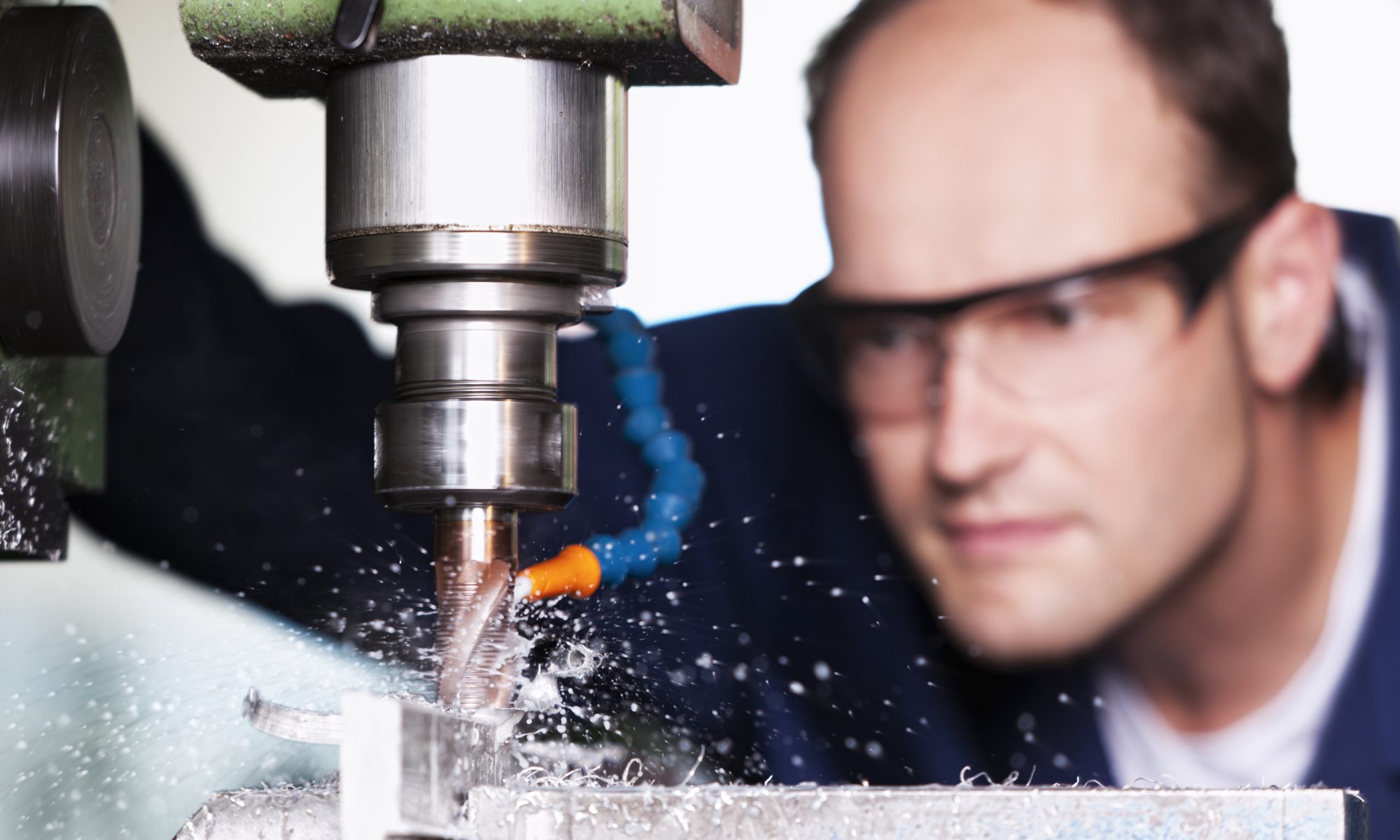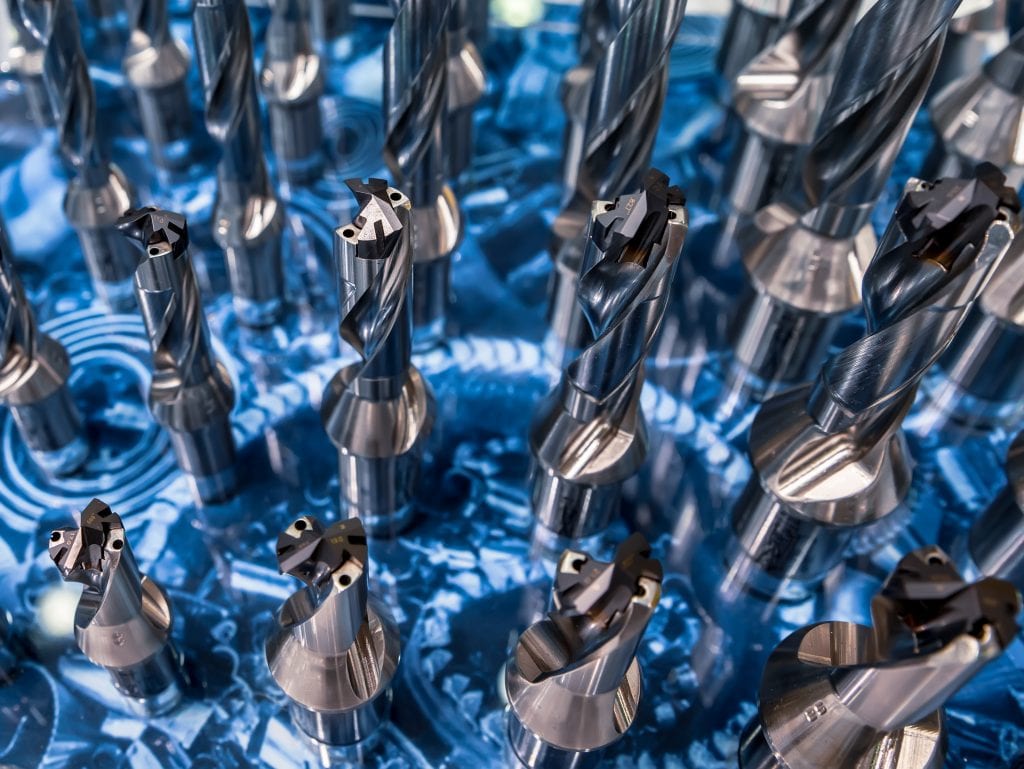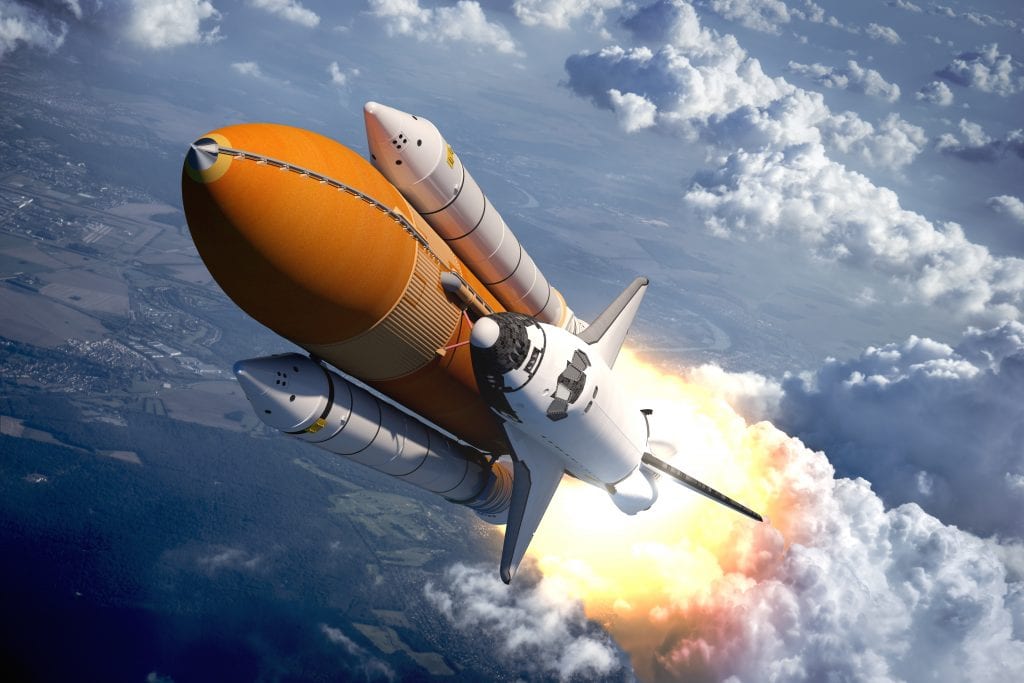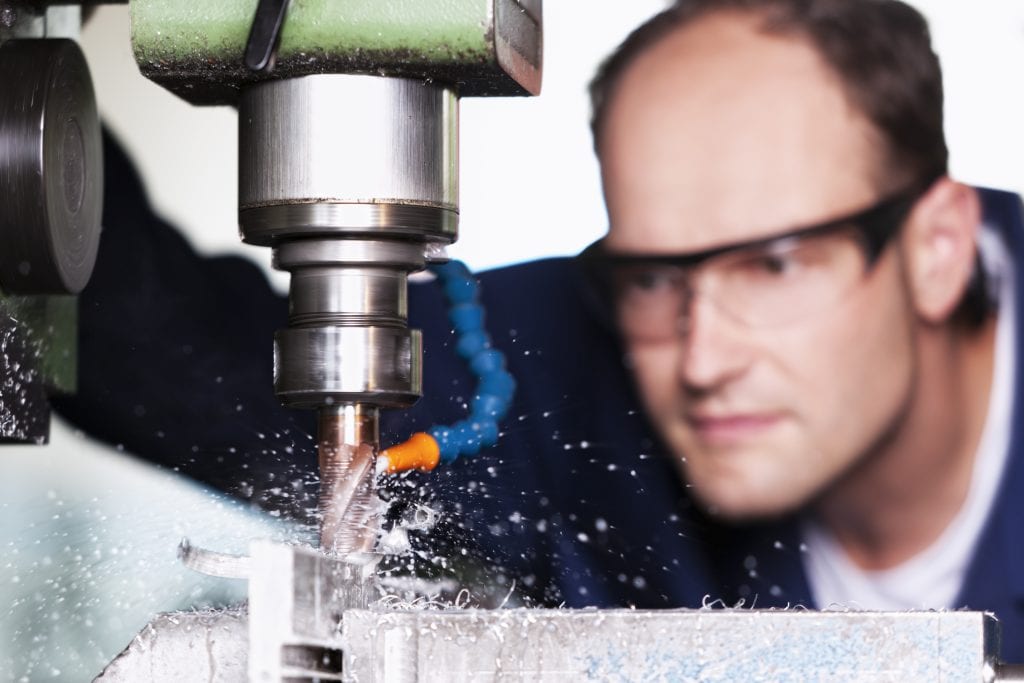
Whether you must complete a production run of components or need a few prototypes created for testing, aluminum machining is often the first process that comes to mind for metal componentry.
Weighing in at around 170 lbs/cu ft, aluminum, and its alloys, are much more lightweight than the 490 lb/cu ft density of the average steel. Aluminum is soft, non-magnetic, and ductile.
Due to this lower density and increased workability, aluminum is much easier to machine than steel. It can, therefore, decrease machine time, which means an increase in productivity, and generate an all-around more affordable component.
Whether you already know which aluminum alloy to use or could benefit from some expertise in choosing the optimal material for your project, turn to the experts at United Scientific for your precision machined parts in the Twin Cities and surrounding areas.
Keep reading for some more of the basics of aluminum machining.
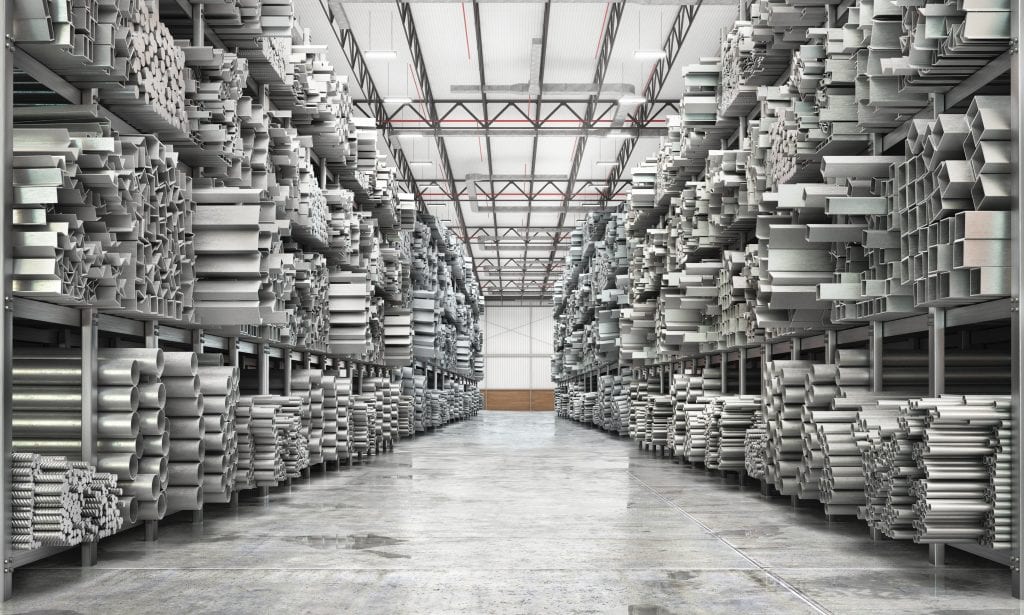
Chosing your aluminum
How you ultimately end up using your metal component will determine which type of aluminum you select. Some end-use factors to consider include:
- Does it need to be welded to other parts?
- Does it need to be resistant to corrosion?
- What kind of forces will the part need to withstand?
- Will the material be able to produce the required tolerances for the final part?
- How complicated is the design?
- Is the material the best option for all necessary fabrication process steps?
For example, what if welding your component to others is required in its final assembly? Welding is not feasible for many of the strongest alloys. So, 2000 and 7000 series alloys are not an option for this project, as they are not weldable.
Because the 2000 and 7000 series alloys have such high strength and a desirable response to heat treatment, they do make excellent components for the aerospace industry.
Let’s look at another option — alloy 5052. It’s acceptable for welding and has better strength. What truly makes alloy 5052 stand out, though, is its exceptional corrosion resistance, making it an excellent choice for marine applications.
United Scientific works with a wide variety of aluminum alloys for applications across industries ranging from aerospace to recreational equipment. Their experts can help you navigate the matrix of material characteristics to determine the best alloy for your needs.
Choosing your tooling
Flute count and helix angle are two fundamental considerations when choosing aluminum machining tooling.
Flute count
Typical end mills for aluminum machining are usually 2 or 3 flute shapes. Higher flute counts do not evacuate chips effectively at faster speeds. However, since you can run aluminum at higher speeds and the alloys usually yield larger chips, the 2 or 3 flute configurations are the optimal choice.
Helix angle
Helix angle is defined as “the constant angle between the tangent to a helix and a generator of the cylinder upon which the helix lies.†This angle ranges from 30 – 45 degrees.
Higher helix angles provide better surface finish and more effective chip evacuation. These properties make higher angles the preferred choice for aluminum finishing.
Resolving typical issues
Long chips, welded chips, and built-up edges are some typical problems associated with aluminum machining. They can be resolved with a few proactive steps.
Long chips
Long chips are problematic as they can get in the way and mar the surface of the finished part. They also pose a safety hazard to the machinist.
The simplest method of eliminating long chips is to change the speed and position of the cutting tools. An additional option can be to employ a chip breaker tool.
A 3-flute, chip breaker tool will leave a semi-finished surface but runs at increased speed and feed rates, allowing time for additional passes to achieve final tolerances.
Welded chips
Welded chips occur when aluminum chips produced during the machining process weld themselves to the flank of the cutting tool. These types of chips are very detrimental to the tooling itself, eventually causing breakage.
Controlling or changing the machining parameters, reducing the amount of heat generated during the fabrication, and making sure you are using the right materials for the process are all used to resolve this particular issue.
Built-up edge
Built-up edges are similar to welded chips, though in this case, the chip welds itself to the actual cutting surface of the tool. This build-up causes scratches to the machined part, an inferior surface finish, and can also ultimately end up breaking the tooling itself.
Similar to the solutions for welded chips, the proper use of coolant is one preventative step. The coolant prevents the materials from reaching a high enough temperature to weld together initially. Higher cutting speeds can be another solution.
Beyond aluminum
In addition to machining a wide range of aluminum, United Scientific is also proficient at fabricating parts using more exotic alloys such as Inconel and Hastelloy.
Inconel, although much harder to machine, retains its tensile strength up to 2,000°F and is corrosive resistant. These properties make it well suited for extreme applications such as securing the space shuttle’s solid rocket boosters to the launch platform. Inconel alloys are also replacing the steel in the main battery pack contactors at Tesla.
Hastelloy alloys are also highly corrosion resistant, yet still weldable. These alloys are resistant to many aggressive chemicals and acids and suitable for high-temperature and high-pressure wells.
These characteristics make Hastelloy alloys an ideal choice for the pharmaceutical and chemical processing industries and are being used in space shuttle engine components.
Choosing a CNC machining partner
Aluminum machining is a science, and here at United Scientific, we are “Scientific in Process, United in Purposeâ€. We have experts in design, prototyping, fabrication, and inventory management ready to help you and your business successfully fulfill its purpose.
Whether you already know what material to call out on your specifications or would like a second opinion in making sure you have created the optimal part in terms of cost and function, United Scientific will be your partner.
Contact us today to get started on your next fabrication order.

